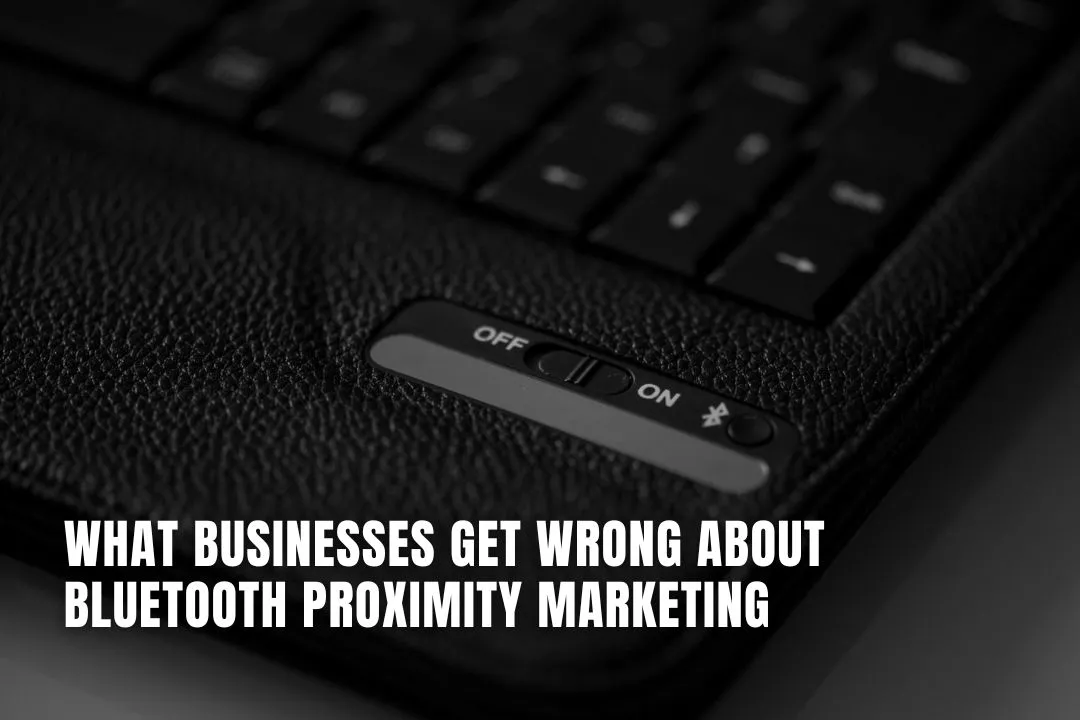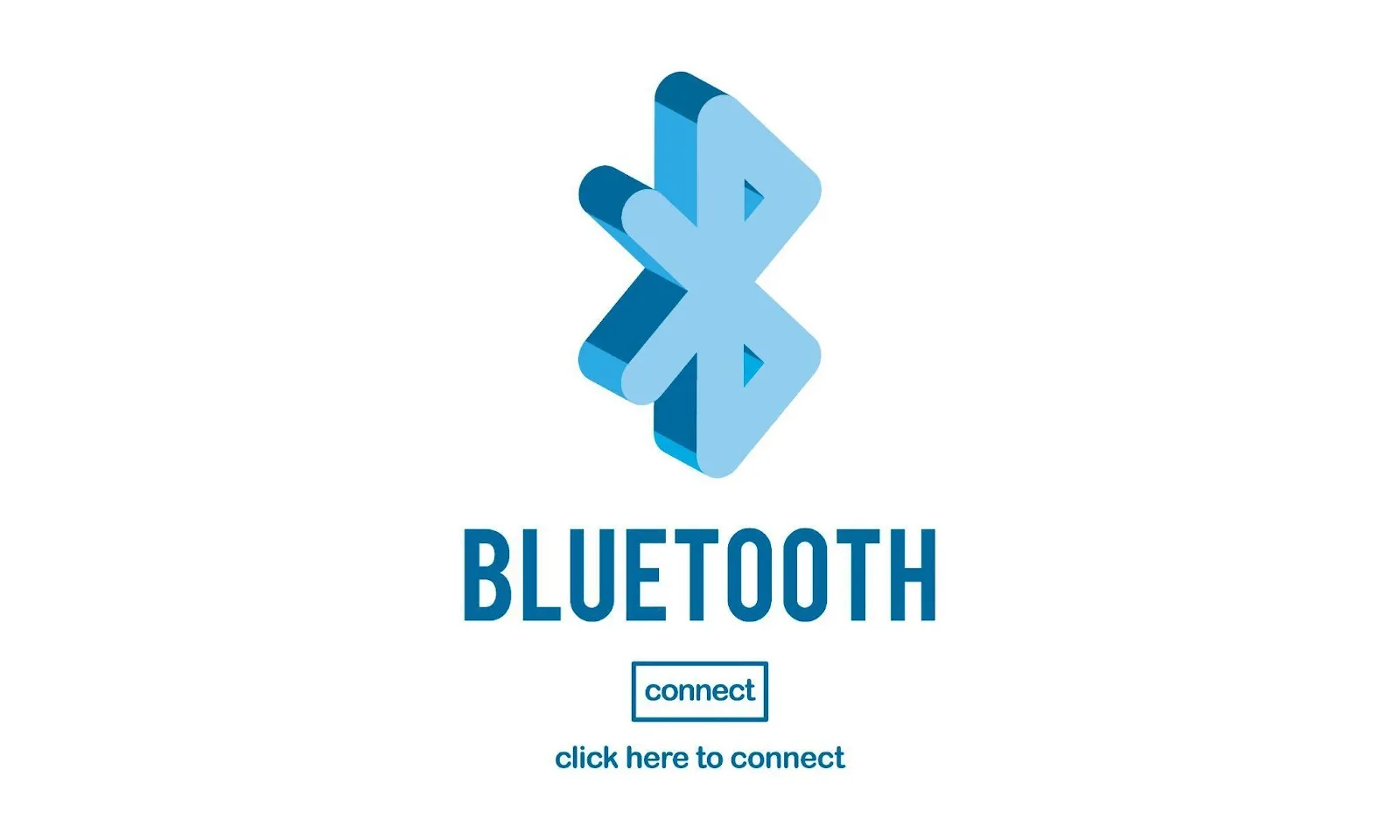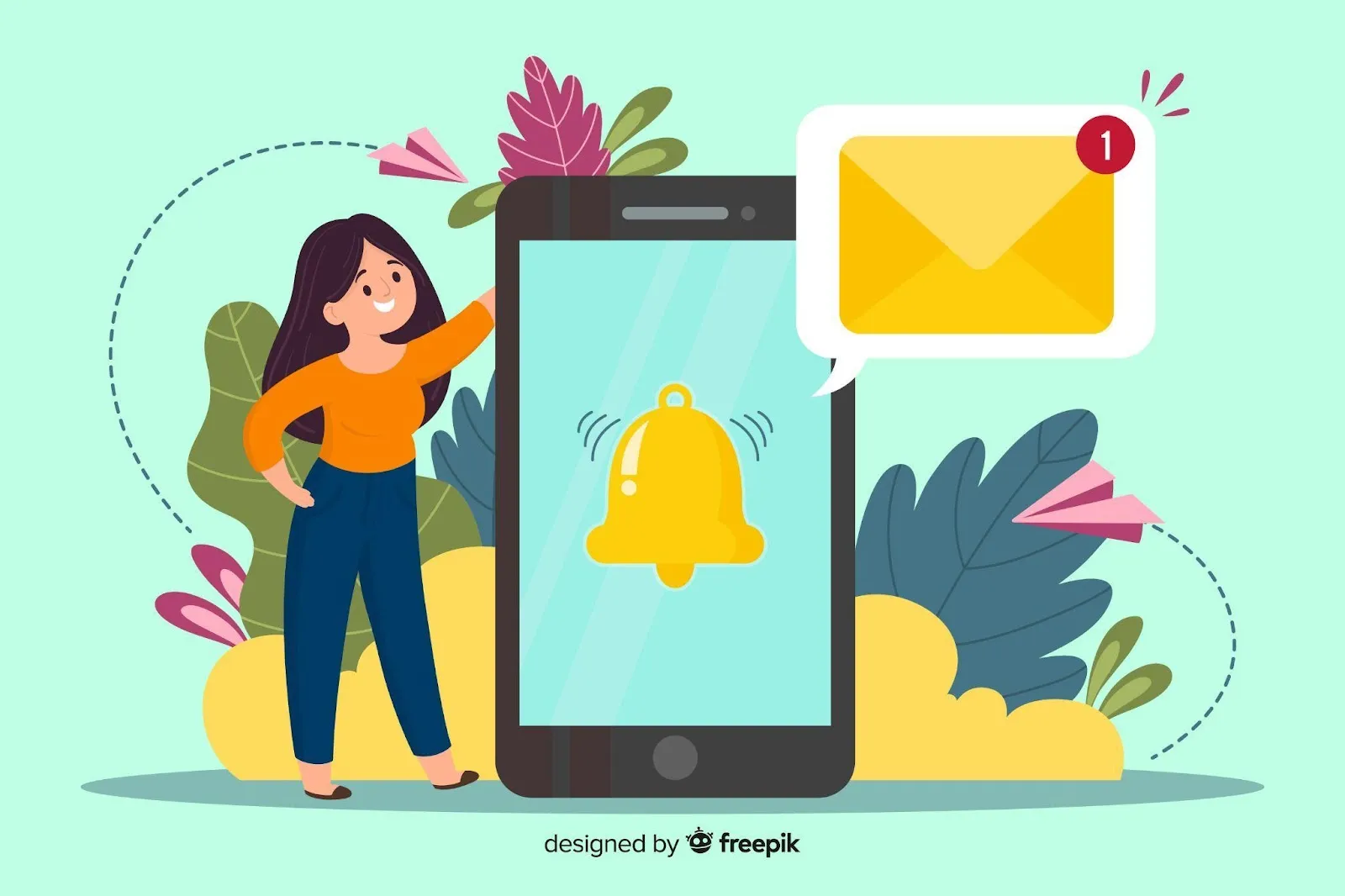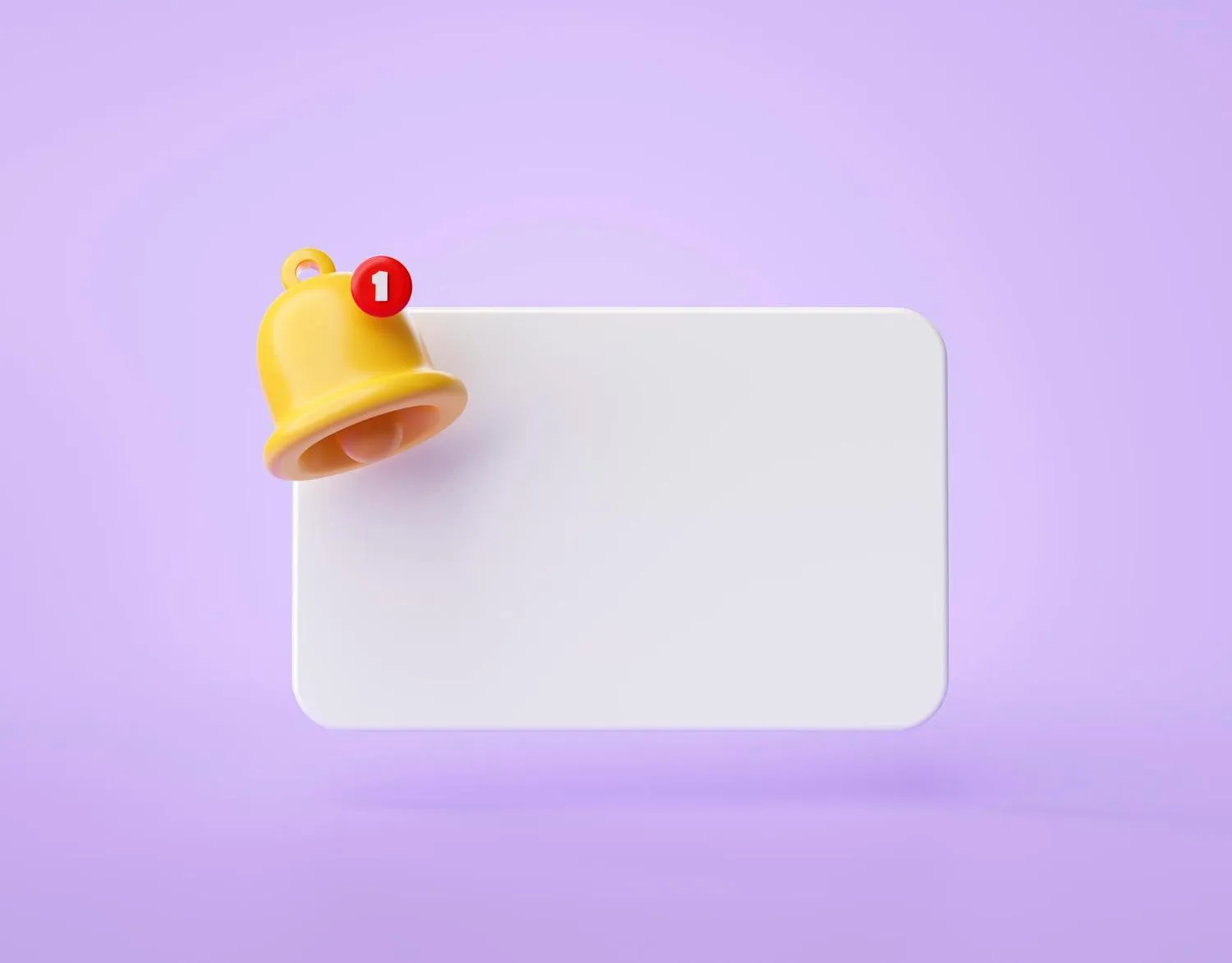
Wouldn’t you agree that Bluetooth proximity marketing sounds like a marketer’s dream? Being able to send perfectly timed messages, offers, or reminders to people the moment they step into your store, attend your event, or walk past your display sounds ideal.
It’s hyper-local, highly targeted, and powered by the small but mighty technology called Bluetooth Low Energy (BLE).
If you already know all about this and you’re using it, good for you. But not really because there’s a chance you’re doing it wrong.
Bluetooth proximity marketing isn’t a magic switch you just flip on and watch the conversions roll in. It’s also not true that all customers love getting push notifications simply because they’re nearby. And no, this is not only something big retail chains use.
If you want to know how to do this right and what mistakes you’re (likely) making, read on.

When people found out about Bluetooth proximity marketing, they saw the hype around it and perceived it as a game-changer. Naturally, that led to some really unrealistic expectations because businesses would jump in thinking they could simply install a few beacons and start counting the money.
The result of this thinking was campaigns that were totally off the mark and even annoyed the very customers they tried to engage.
Here’s what businesses do wrong.
One of the biggest mistakes you can make is assuming that Bluetooth proximity marketing works automatically. It doesn’t. For BLE campaigns to reach users, they need to have Bluetooth turned on, the right app installed and, most importantly, give permission to receive notifications.
Without these, your messages won’t even make it to their screens. Add that to the growing focus on privacy laws like GDPR and CCPA, and the stakes get higher. Besides, if you push your content without consent, that’s harassment, and you could get into legal trouble.

A lot of small and mid-size businesses don’t even think about BLE marketing because they assume it’s something reserved for the big players like Target and Macy’s.
But this isn’t just about the scale, it’s about relevance. A local coffee shop can use beacons to send loyalty rewards when customers are close by. Museums can trigger audio guides or information on exhibits as visitors walk through galleries. Even pop-up shops can drive foot traffic with offers based on location.
BLE levels the field and lets smaller businesses deliver personalized experiences without endless budgets.
There’s this fear that BLE campaigns will bombard potential customers with spammy notifications and turn them away from your business. But that’s not a problem with technology in and of itself, but with how it’s used.
Good BLE campaigns feel like a helpful nudge, not like an interruption. For example, an airport app that sends gate change alerts or a retail app that notifies you when an item on your wishlist is back in stock adds value. When your messages are timely, relevant, and sparse, customers are more likely to welcome them.
Some businesses treat BLE as a standalone tactic instead of part of their larger marketing ecosystem. But this puts a damper on its potential because, in reality, BLE data (foot traffic patterns, dwell times, and in-store behaviors) can feed straight into broader analytics platforms.
These insights can inform email campaigns, improve ad targeting, and even guide SEO strategies because they show what customers are searching for after engaging in physical stores.
The point of this strategy is to create real value for the people you’re trying to reach, and if you’re not quite sure how to go about it, you should have your own marketing team guide you through it. If you don’t have an in-house team, then it’s best to outsource/hire one.
The point of marketing is reach and conversions. So it’s best to also leverage SEO to get the best results. For that, you’ll need to hire SEO specialists and have them consult you as to what you can do to increase your online visibility/presence. Adding SEO to the mix will surely get you the best results possible.
The first thing to do is to make sure that every message feels like a benefit, not an interruption. A well-timed discount, a helpful reminder, or a piece of relevant information can turn a customer’s moment of attention into a meaningful interaction. Next, think about where to place your beacons.
You want them to be where people are most likely to engage, like entrances or checkout areas.

Keep in mind, though, you can’t just set it and forget about it. You have to test messages, track engagement, and refine campaigns over time to see what brings in results.
There’s no magic button you can press and make customers throw cash at you, so if you thought this was it… Sorry. However, Bluetooth proximity marketing can be an excellent addition to your strategy if you know how to use it properly.
So, ditch the myths, focus on good messages, place your beacon in the right spot, and you’ll love the results.